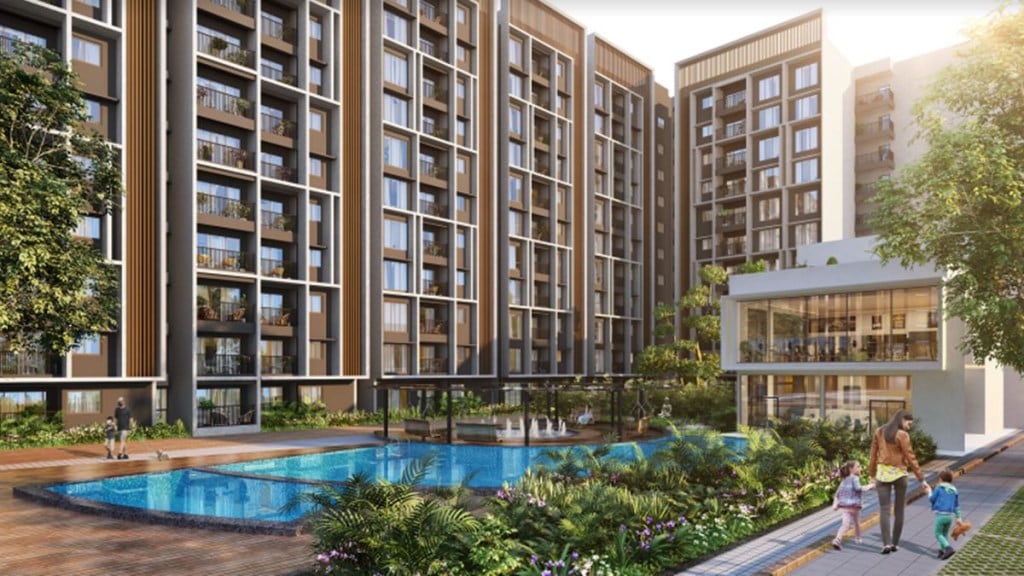The housing demand in India is projected to reach 93 million houses by 2036, said a report released by CREDAI in collaboration with Liases Foras. This, it added, is primarily owing to the increase in demand in housing basis growth in key parameters including population in both urban and rural areas, healthy macro-economic indicators and favorable demographics, with several tier-II, -III cities projected to spearhead both demand and supply. “With Government programs to establish Smart Cities, along with increasing commercialization activities in emerging areas, it is widely expected that the next wave of real estate growth will stem from tier-II, -III regions,” the report stated.
2023 witnessed high volume of registrations and interest from homebuyers and oversaw over 19,050 RERA registrations at pan India level, according to the report, with 45 per cent projects falling in the residential segment.
Further, the report said that the existing housing inventory at a pan India level currently stands at 10,42,195 units, declining 3 per cent on a QoQ basis but increasing by 2 per cent on a YoY basis. Cities such as MMR and Ahmedabad witnessed a steep decline in the September 2023 ending quarter. Tier-II cities, on the back of robust demand, also saw a drop in inventory and currently have a value of 20 months in inventory in QE September 2023.
From a pricing perspective, the report revealed that there has been a 6 per cent CAGR in apartment prices (at Rs 11,660 per square feet), with NCR witnessing the highest growth at 22 per cent. The report also revealed the percentage change in sales (apartments and plots), and carpet prices across major emerging cities including Nagpur, Bhopal, Surat, Lucknow, Chandigarh, Coimbatore, Jaipur, Cochin, Visakhapatnam.
Boman Irani, President, CREDAI, said, “The rapidly growing Indian population and economy has resulted in accelerated demand and supply of homes, while also improving home buyers’ purchasing power and inclining them to buy bigger houses. The country is set to develop manifold in the next 10-15 years and hence, through this report we look towards setting a new precedent with the emergence of tier-II, -III regions and their contribution towards the sector and economy. Housing in such cities will witness a sharper trajectory as crucial Government Programs and increasing commercial commercialization activities come to the fore to create a strong pipeline of projects across all segments.”
Manoj Gaur, Chairman, CREDAI, said, “2023 was a remarkable year for all real estate stakeholders and we expect this demand trajectory to sustain, in 2024 and beyond. The report shares some key insights on the strong foundations of the industry and economy that are set to propel more investments, while also throwing light on how tier-II, -III cities have fared amidst increased real estate activities. India is widely slated to become the third largest economy of the world by 2030, and since this vision seems to be turning into reality in a rather short span of time, we believe that real estate development, especially in emerging areas, will be a principal component of this positive change.”
Pankaj Kapoor, Founder and Managing Director, Liases Foras, said, “Indian Real Estate currently stands at an extremely important junction – with sustained demand and supply greatly contributing to the GDP while showcasing a definitive way forward for reaching the $5 trillion goal. Through this report, we have highlighted some of the most important industrial parameters that reflect the overall growth of Indian Real Estate, including sales, RERA registrations, carpet prices, among others. The report not only strengthens the belief in real estate as a robust industry but also validates investor and homebuyer sentiments as we enter 2024 and finish the financial year on a high.”

